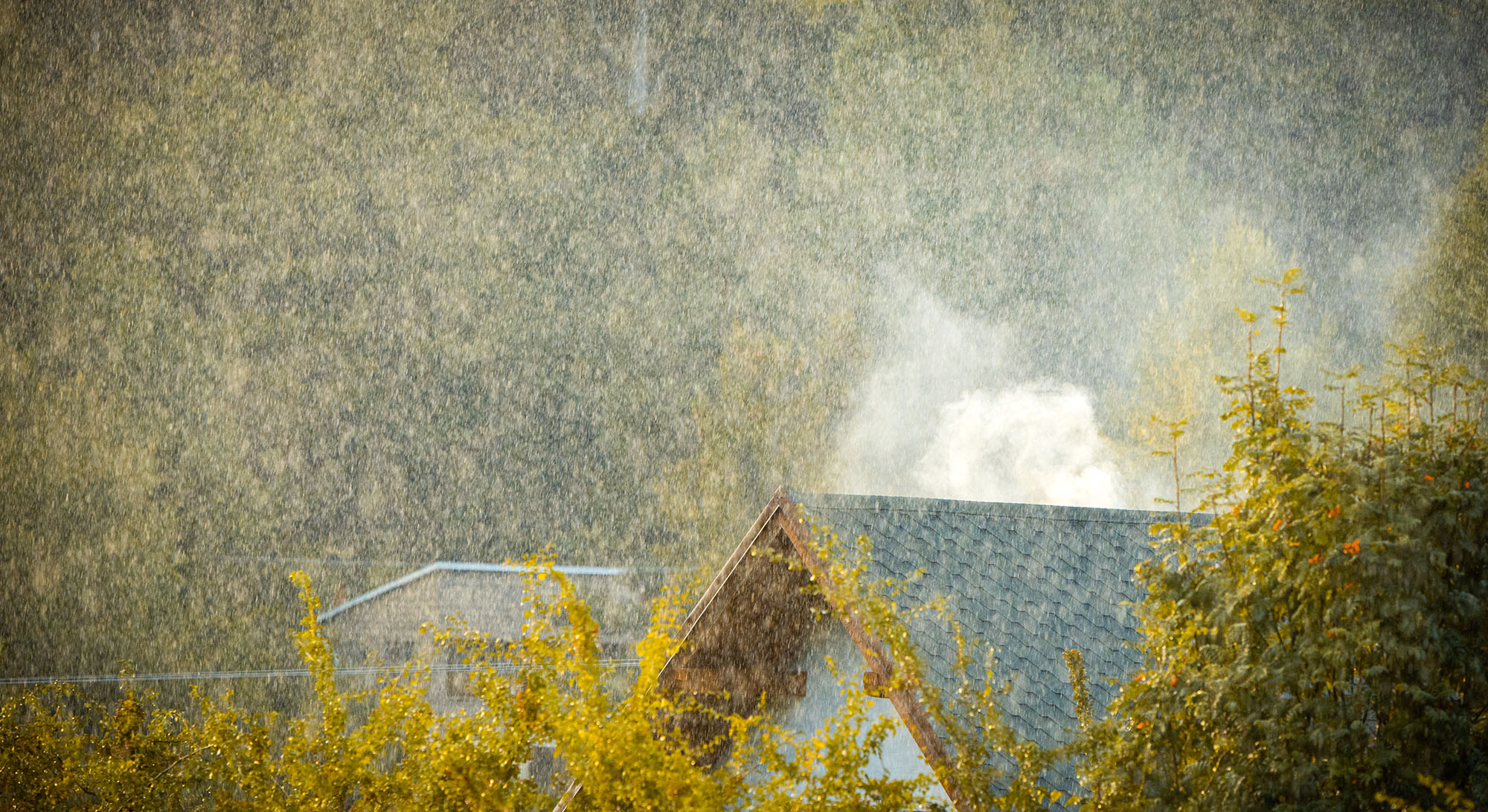
Tornadoes are not just awe-inspiring to watch from a distance—they’re incredibly dangerous. That’s why we’ve put together some essential tips on protecting yourself, your family, and your home when the skies turn threatening during an Alberta tornado. So, let’s dig in.
Key Facts About Alberta Tornado:
In Alberta, wind warnings are issued when winds are expected to reach at least 70 km/h or gust at least 90 km/h. Tornado warnings are more severe and require immediate action.
- Visibility and Detection: Tornadoes can be hard to spot, especially from a distance. Not all tornadoes have a visible funnel cloud.
- Direction and Behavior: Tornadoes typically approach from the south or west but can shift directions abruptly and without warning.
- Accompanying Weather: Large hailstones often accompany tornadoes. If hail begins, seek cover immediately, as it indicates severe weather is imminent.
How to Stay Safe During Alberta Tornado?
Seeking Shelter: The Safe Spots
Your immediate action upon hearing a tornado warning should be to seek shelter. Here are guidelines based on where you might find yourself:
In a Home:
Best Option: The basement or an underground storm shelter.
Alternative: A small interior room on the ground floor, like a bathroom, closet, or hallway. Keep away from windows and doors.
On a Farm:
Take shelter as you would in a home. Avoid attempting to rescue livestock if it puts you at risk.
In an Office or Apartment Building:
You should find safety in an inner hallway or a ground-floor room, preferably one without windows. Avoid using elevators during this time.
In Large Buildings (e.g., arenas, malls):
These structures can be particularly vulnerable. If possible, seek shelter in a sturdier building or find protection under a heavy piece of furniture.
In Mobile Homes or Vehicles:
These are unsafe in tornado conditions. Leave early if severe weather is forecasted. If caught off-guard, find a solid building or lie low in a ditch, covering your head to protect against debris.
Stay Informed and Prepared
Follow local weather forecasts via social media, radio, or dedicated alert apps like the Alberta Emergency Alert.
Have an Emergency Plan:
Know your evacuation routes and safe spots. Prepare an emergency kit with water, food, medication, and important documents.
Follow Authority Guidelines:
Adhering to official advice during severe weather is crucial for your safety and that of others.
On the Road:
If You See a Tornado in the Distance:
If safe, drive at right angles to the tornado’s path to move out of its way.
If a Tornado is Close:
Do not attempt to outrun it. Exit your vehicle and take cover in a low-lying area like a ditch or culvert, protecting your head from potential debris.
Additional Cautions:
- Avoid parking under bridges or overpasses, as these can create dangerous wind tunnels.
- Remember, the key to tornado safety lies in preparation, timely action, and staying informed through Alberta weather forecasting tools.
FAQs
When was the last tornado in Alberta?
The most recent tornado in Alberta occurred on July 7, 2022. This tornado touched down near Breton, southwest of Edmonton, causing minimal damage and no reported injuries.
What happened in the Alberta tornado of 1987?
The Alberta tornado of 1987, also known as “Black Friday,” occurred on July 31, 1987, and is one of the most devastating tornadoes in Canadian history. It struck parts of Edmonton and neighboring Strathcona County. The tornado reached F4 on the Fujita scale, with wind speeds estimated between 330 to 417 km/h. It resulted in 27 deaths, hundreds of injuries, and extensive damage estimated at over $332 million, making it a pivotal event in Alberta’s weather history.
Does Alberta get tornadoes?
Yes, Alberta does experience tornadoes, particularly during the warm months from May through September. The province is part of Canada’s Tornado Alley, stretching from Central Alberta to Southern Alberta. Alberta averages 12 to 15 tornadoes annually, with varying degrees of intensity.
What are the worst tornadoes in Alberta’s history?
Apart from the 1987 Edmonton tornado, some of the worst tornadoes in Alberta’s history include:
- The Pine Lake tornado in July 2000 was an F3 tornado that killed 12 people and caused significant damage near the town of Pine Lake.
- The 2007 Elie, Manitoba tornado (F5)—though not in Alberta—is relevant as one of the strongest in Canadian history and is often discussed in regional contexts.
- The 1984 Barons/Carmangay tornado was an F3 that traveled 110 kilometers but fortunately caused no fatalities.
Has a tornado ever hit Calgary?
While tornadoes are less common in Calgary than in some other parts of Alberta, the city has experienced tornadoes. One notable instance was in 1991 when an F3 tornado touched down in the eastern part of Calgary. It caused significant damage to homes and properties, but no fatalities existed. Calgary’s geographic location and higher elevation make tornadoes less frequent than the central and southern parts of the province.
Remember, your safety is the top priority; everything else can be replaced. Subscribe to our content for more safety tips and real-time Alberta weather updates.
If you found these tips helpful, share them with friends and family. Don’t hesitate to contact us with your experiences or additional safety suggestions.
